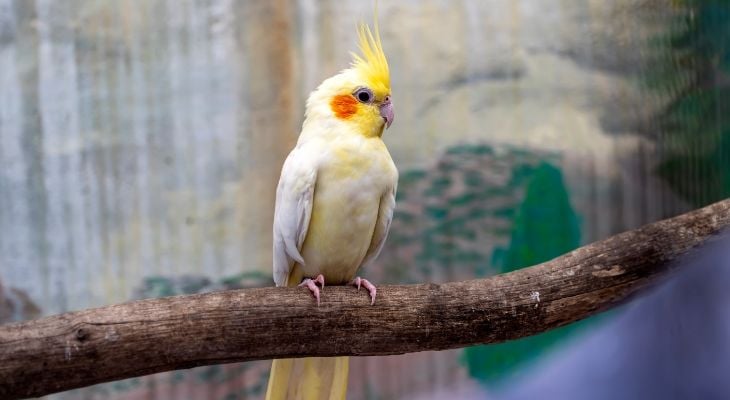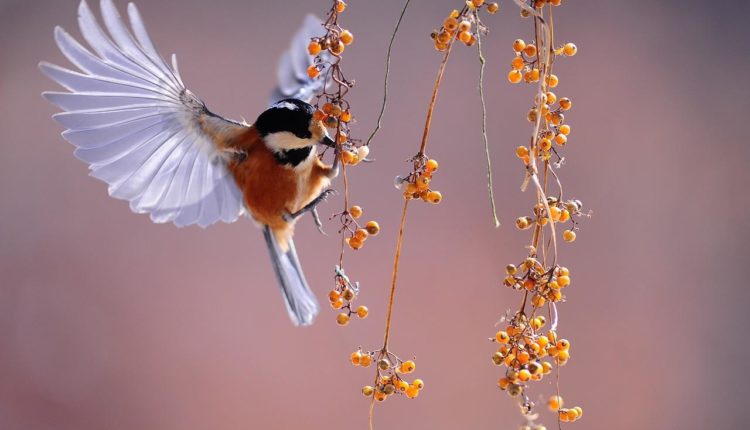Cage-Free Birdkeeping: The Ultimate Guide
The desire for a pet bird to soar through the skies, free from the confines of a cage, is a dream many bird owners share. We’ve all marveled at the grace and beauty of birds in flight, and it’s only natural to wonder if our feathered companions can experience the same freedom.
Can pet birds be trained to live without a cage and not fly away? In this comprehensive guide, we’ll explore this question and provide insights into how you can make cage-free living a reality for your beloved avian friend.
Understanding the Natural Instinct
Before we embark on this journey to unlock the freedom of cage-free living for pet birds, it’s essential to understand their natural instincts. Birds are born with an innate ability to fly, and it’s a fundamental part of their identity. For them, flight represents not only a means of transportation but also a way to explore, forage, and socialize with other birds.
The Sad Reality of Caged Life
Many bird owners can attest to the heartache of confining their feathered friends to cages. While cages serve a practical purpose by ensuring the safety of our pets, they can also limit a bird’s quality of life.
Imagine being cooped up in a small space, peering out through wire bars, unable to fully stretch your wings and enjoy the world around you. It’s a reality that many pet birds face.
Selecting the Right Bird Species
The first step in transitioning to a cage-free lifestyle for your pet bird is choosing the right species. Not all birds are equally suited for life outside the cage.
Some breeds have a natural inclination to stay close to their owners, making them ideal candidates for cage-free living. Here are a few bird species known for their compatibility with cage-free environments:
- Macaws
Macaws are large, intelligent birds known for their vibrant plumage and playful personalities. They can thrive outside the cage, provided they receive proper training and supervision.
- Cockatoos
Cockatoos are affectionate and social birds that form strong bonds with their owners. With the right training and precautions, they can enjoy a cage-free lifestyle.
- African Greys
African greys are renowned for their exceptional intelligence and ability to mimic human speech. These birds can adapt well to life outside the cage, given a safe environment.
- Cockatiels
Cockatiels are smaller parrots known for their friendly disposition. They are generally comfortable outside the cage and enjoy interaction with their human companions.

The Cage as a Safe Haven
While the goal is to provide your pet bird with the freedom to explore, it’s essential to recognize that a cage should remain a place of safety and security. Even for birds that are comfortable living cage-free, a cage serves as their sanctuary. Here’s how to ensure that the cage remains a safe haven:
- Adequate Space
Ensure that the cage provides ample space for your bird to move, stretch its wings, and perch comfortably. A cramped cage can lead to stress and health issues.
- Toys and Enrichment
Keep the cage filled with toys and enrichment activities to stimulate your bird’s mind and prevent boredom. Rotate toys regularly to keep things interesting.
- Regular Maintenance
Clean the cage regularly to maintain a hygienic environment. Fresh food and water should always be available.
- Privacy and Quiet
Birds need a quiet and peaceful place to rest. Position the cage in an area where your bird can retreat for undisturbed sleep.
Preparing Your Home for Cage-Free Living
Transitioning to a cage-free lifestyle requires careful preparation of your home. It’s essential to create a safe and bird-friendly environment to minimize risks. Here are some steps to consider:
Bird-Proofing
Birds are naturally curious and can get into mischief. Bird-proof your home by covering windows and mirrors to prevent collisions, securing houseplants, and removing potential hazards.
Supervision
When your bird is outside the cage, provide constant supervision. This ensures that you can intervene quickly in case of any accidents or potential dangers.
Training
Invest time in training your bird to respond to cues and commands. Basic obedience training can help you maintain control in various situations.
Socialization
If you have other pets, introduce them to your bird gradually and under supervision. Some pets may be more accepting of birds than others, so exercise caution.
Potential Safety Hazards
As you embark on this journey, it’s vital to be aware of potential safety hazards in your home. Here are some common hazards to watch out for:
- Ceiling Fans
Ceiling fans can pose a significant danger to birds in flight. Always ensure that fans are turned off when your bird is out of the cage.
- Open Windows and Doors
Open windows and doors can provide an escape route for your bird. Ensure that all exits are secured, and family members are mindful of your bird’s presence.
- Hot Surfaces
Be cautious of hot stoves, ovens, and cooking appliances. Birds are sensitive to heat, and accidents can happen if they land on a hot surface.
- Toxic Substances
Keep all toxic substances, such as chemicals and cleaning products, out of reach of your bird. Birds are prone to exploring with their beaks, so safety is paramount.
- Other Pets
If you have other pets, particularly cats and dogs, exercise caution when introducing them to your bird. Even well-behaved pets can pose a risk.

Creating an Aviary
For those with ample space and resources, creating an outdoor aviary can be a fantastic option. Aviaries provide birds with a larger, more natural living environment while ensuring their safety. Here are some considerations for building an aviary:
- Space Requirements
Aviaries should offer sufficient space for your birds to fly and move freely. Consider the needs of the bird species you plan to house.
- Protection from Predators
Ensure that the aviary is predator-proof, with strong fencing and secure enclosures to protect your birds from potential threats.
- Environmental Enrichment
Aviaries can be customized with natural perches, plants, and features that mimic the birds’ natural habitat. This provides mental and physical stimulation.

